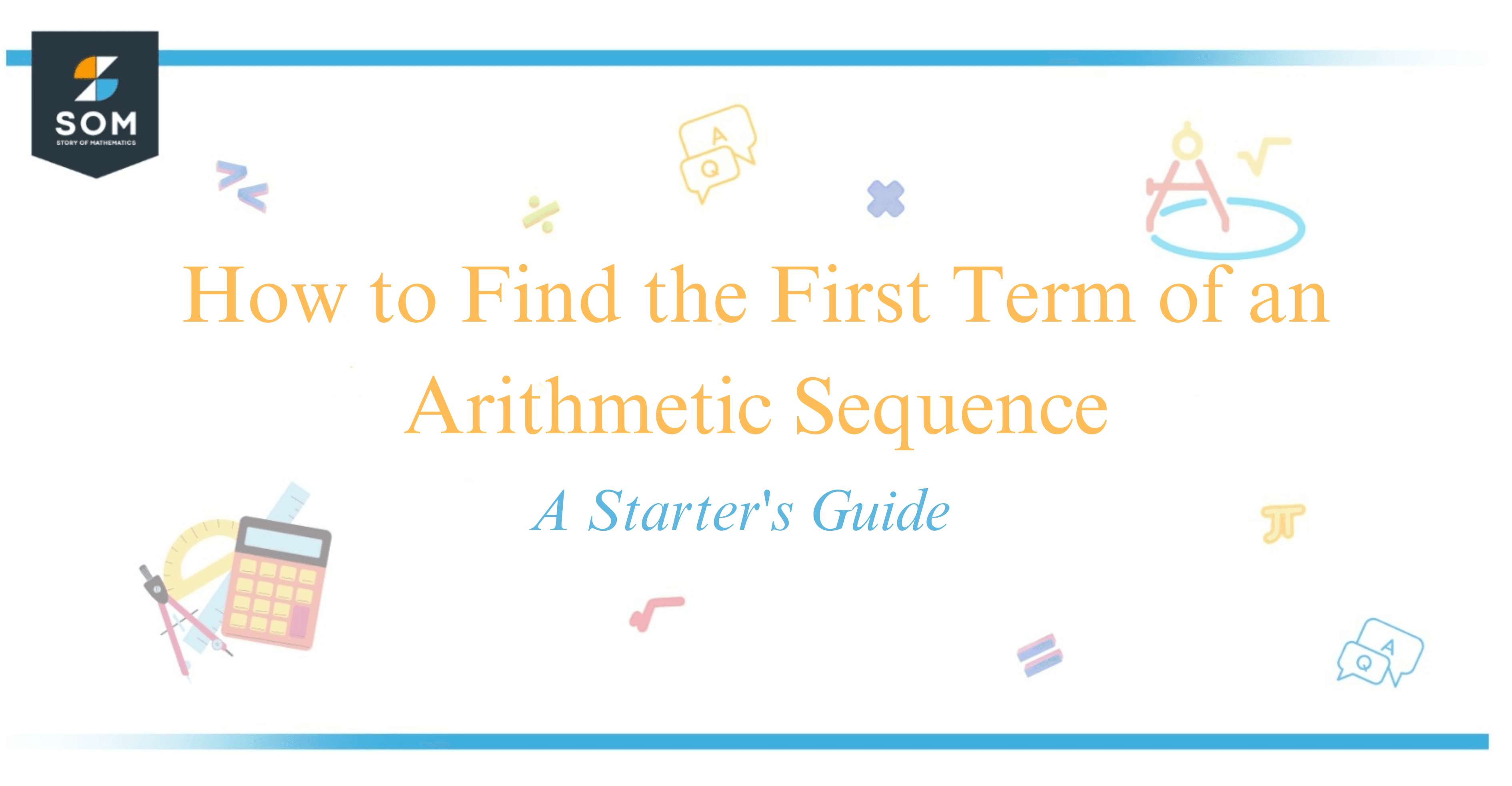
To find the first term of an arithmetic sequence, you should first understand its definition. An arithmetic sequence is a series of numbers in which the difference between consecutive terms is constant, known as the common difference.
If you’re given a term in the sequence other than the first, along with the common difference, you can calculate the first term by working backward using the general nth term formula: $a_n = a_1 + (n – 1)d$, where $a_n$ is the term you know, $a_1$ is the first term you’re solving for, $n$ is the position of the term in the sequence, and $d$ is a common difference.
I find that once you can identify these components in a problem, the rest becomes a simple matter of substituting values and solving for $a_1$. It’s like having a puzzle with all the pieces laid out in front of you; finding the first term is the key piece that helps you see the full picture. Are you ready to unlock the secrets of arithmetic sequences? Let’s do this together!
Calculating the First Term In Arithmetic Sequence
An arithmetic sequence is a list of numbers with a specific pattern where each term is derived by adding a constant value, called the common difference, to the previous term. To identify the first term of an arithmetic sequence, we often use the nth term formula:
$$a_n = a_1 + (n-1)d$$
Here, $a_n$ represents the nth term, $a_1$ is the first term, $n$ is the term number, and $d$ is the common difference. When you have multiple terms of the sequence, the common difference ($d$) can be calculated by subtracting any term from the following term.
Assuming we know the second term ($a_2$) and the common difference, we could express the second term as:
$$a_2 = a_1 + d$$
Rearrange this to find the first term:
$$a_1 = a_2 – d$$
For example, if the second term is 7 and the common difference is 3, the first term is:
$$a_1 = 7 – 3$$ $$a_1 = 4$$
If the common difference is unknown but we have two non-consecutive terms, we can create a system of equations to solve for both $a_1$ and $d$. Let’s put this into a table:
| Term Number (n) | Term Value ($a_n$) |
|---|---|
| 1 | $a_1$ |
| k | $a_k$ |
Using the formula for the $k^{th}$ term:
$$a_k = a_1 + (k-1)d$$
Through this, we can find the missing elements by solving the system of equations. In practice, this can be more complex and may require additional steps, which is why a sequence calculator can be a very useful tool. These calculators often require that you input the known terms of the sequence, and they will compute the missing values, including the first term.
Conclusion
In this guide, I’ve outlined the steps to find the first term of an arithmetic sequence. To recap, when you have a specific term, say the $n^{th}$ term $a_n$, and the common difference (( d )), you can calculate the first term $a_1$ by rearranging the formula for finding the $n^{th}$ term:
$a_n = a_1 + (n – 1)d$
From this, the formula for the first term is:
$a_1 = a_n – (n – 1)d$
Using this equation ensures accuracy in pinpointing the sequence’s starting point. It’s important to have the value of one term and the common difference to efficiently determine the first term.
Remember that in mathematics, each step taken is critical for the integrity of your results. Precision and attention to detail can’t be overstated. I hope my guidance has made the process straightforward and less daunting for you.
If you’re ever in doubt, double-check your inputs and the arithmetic operations you perform. A small error can lead to significantly different outcomes. I encourage you to practice with different sequences as it is the best way to become confident in your ability to work with arithmetic sequences.
